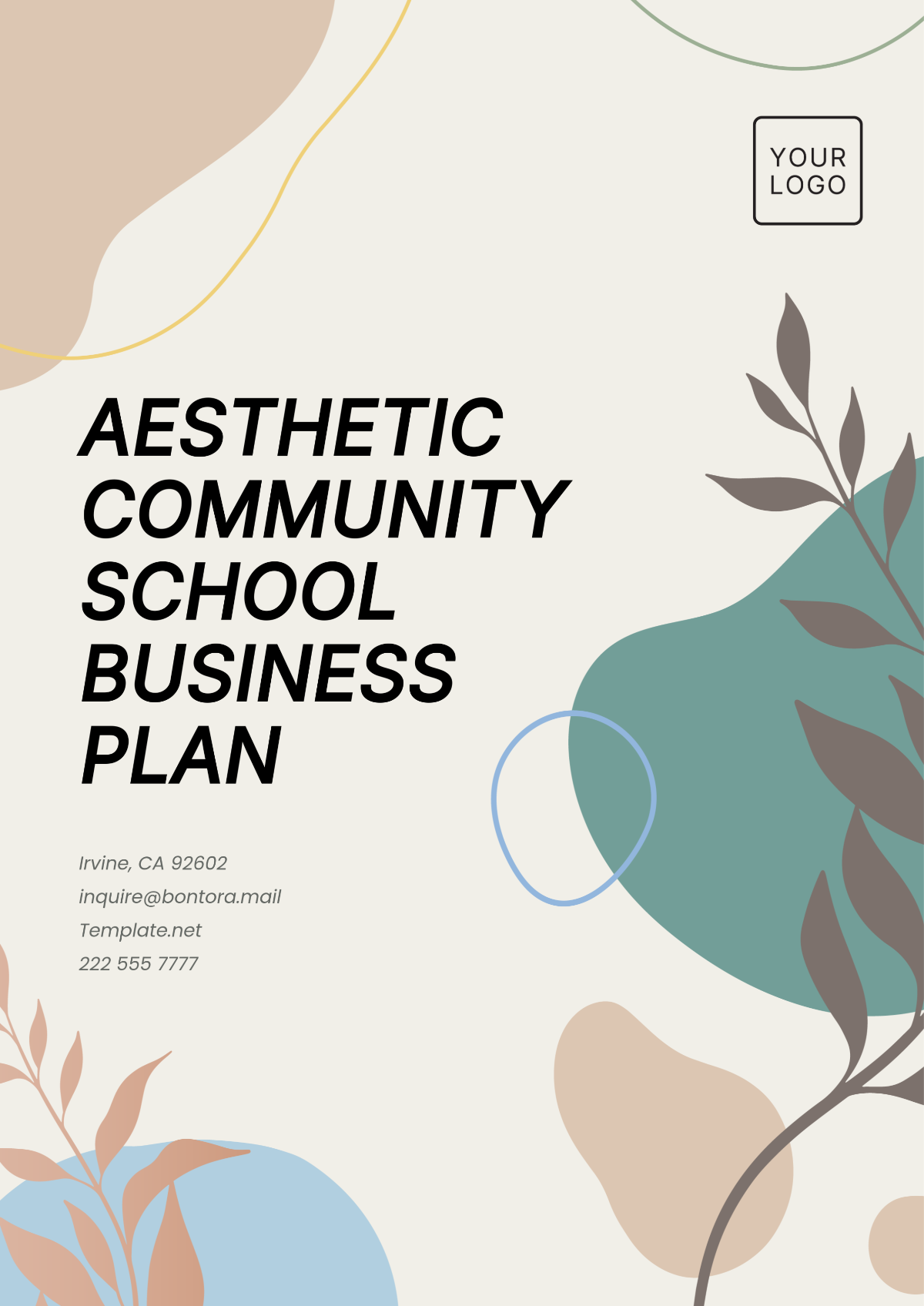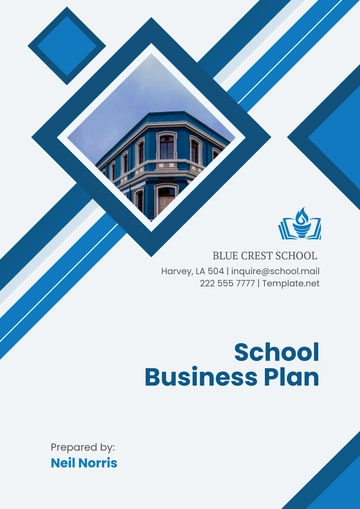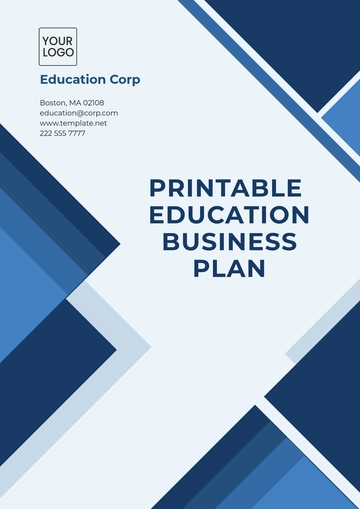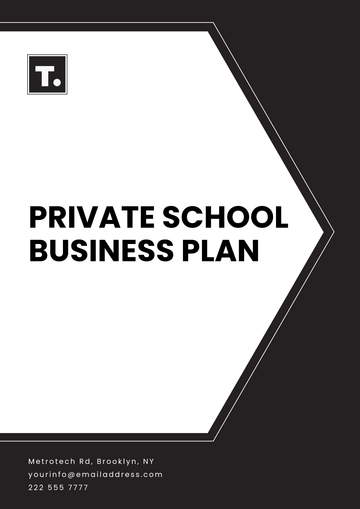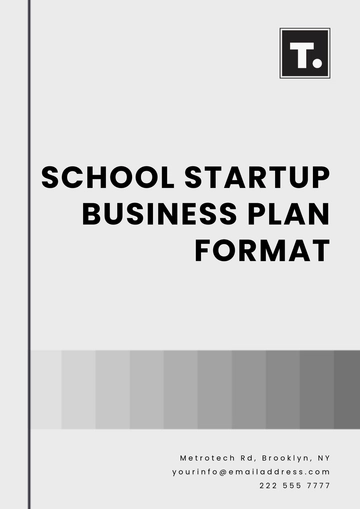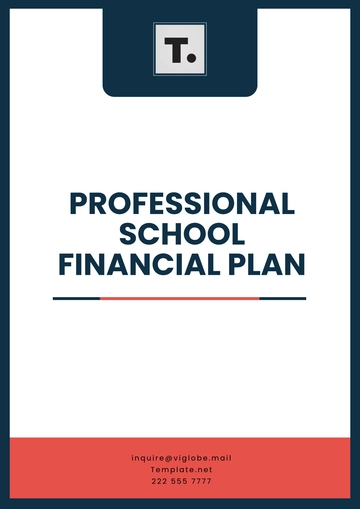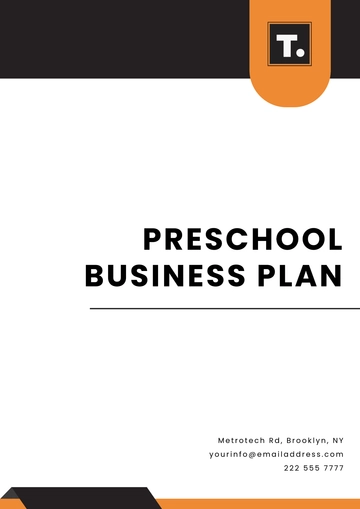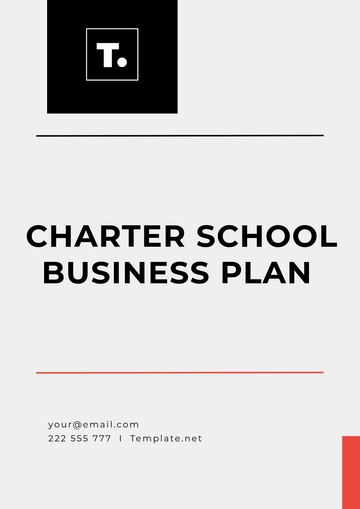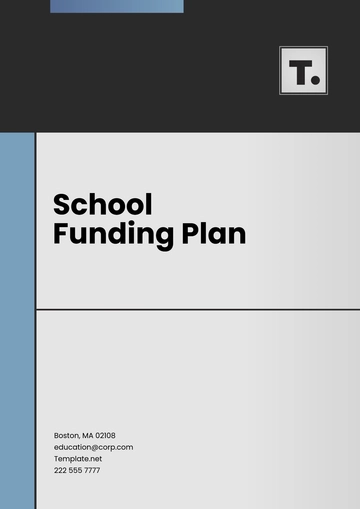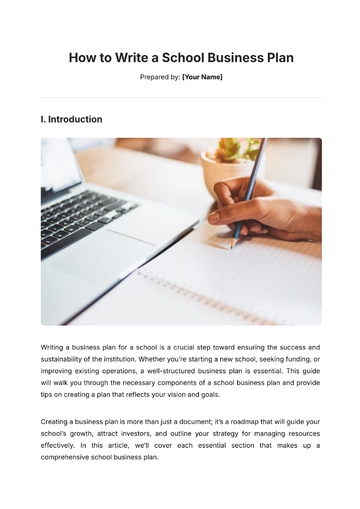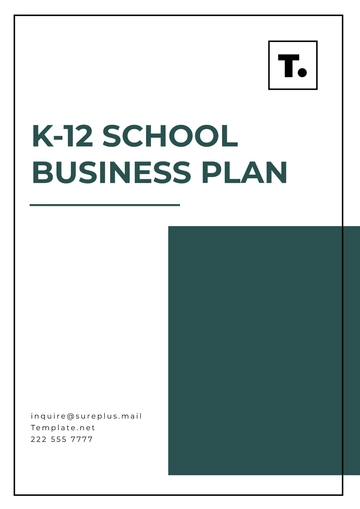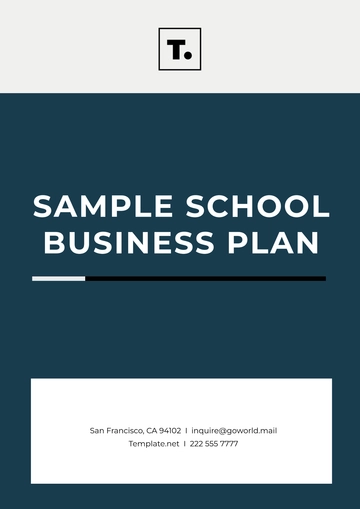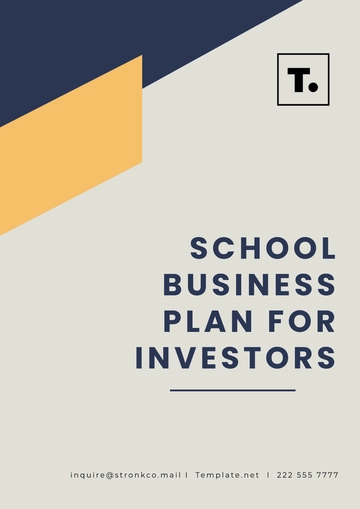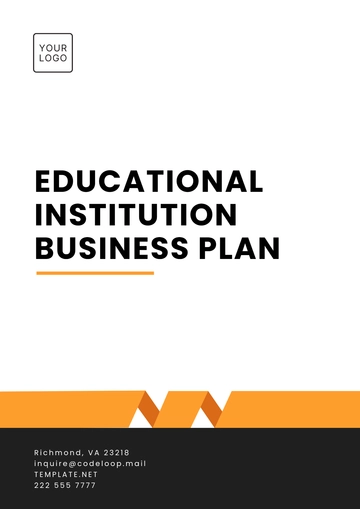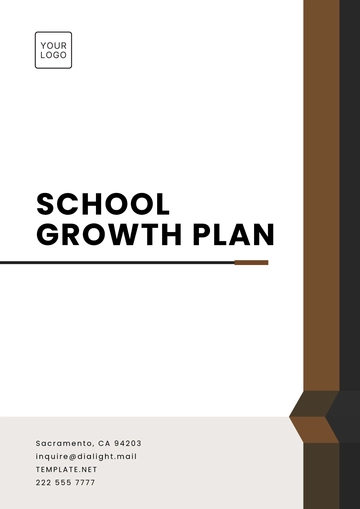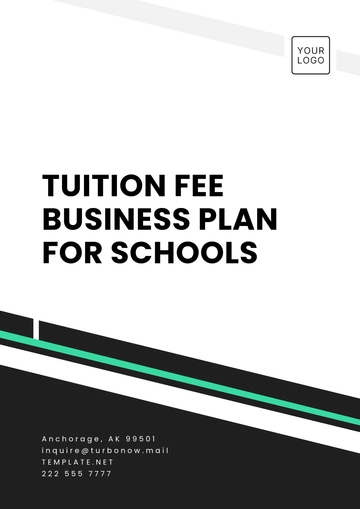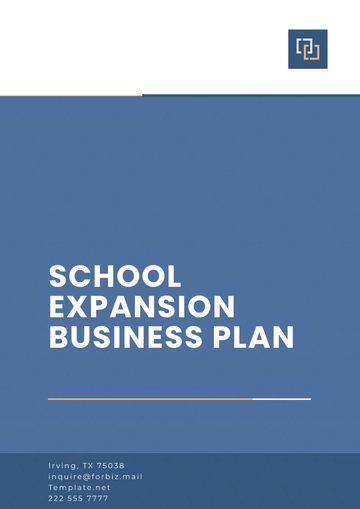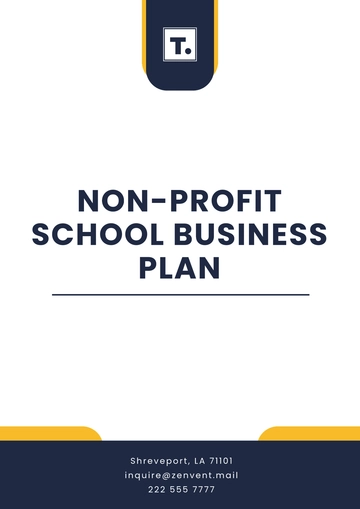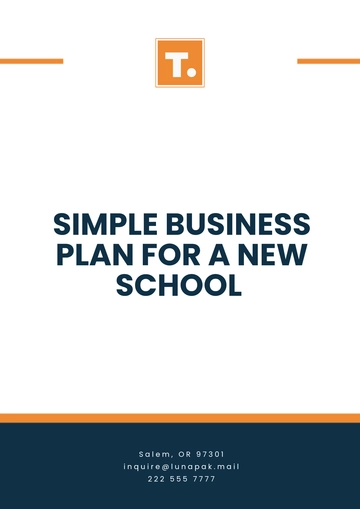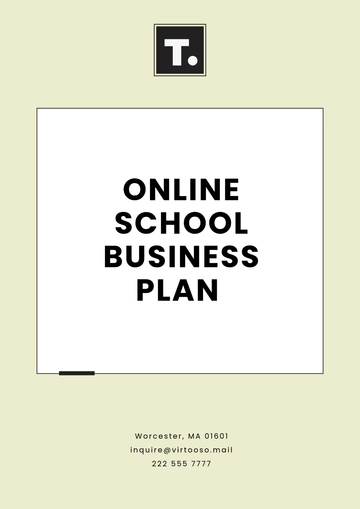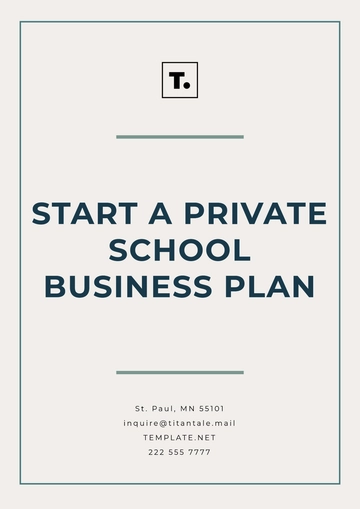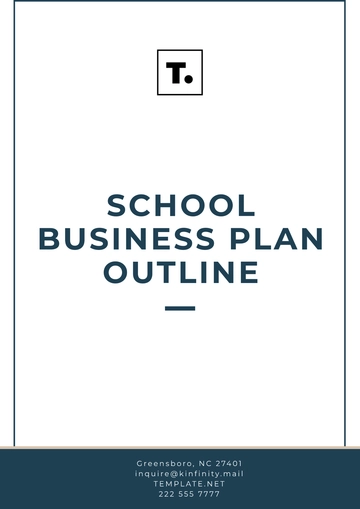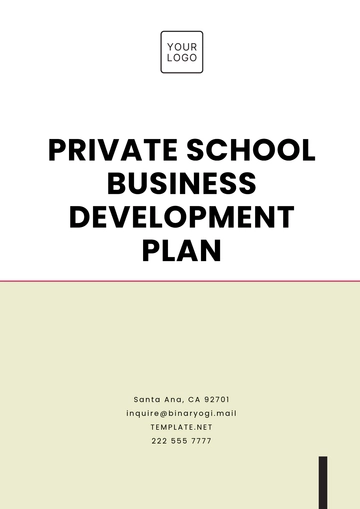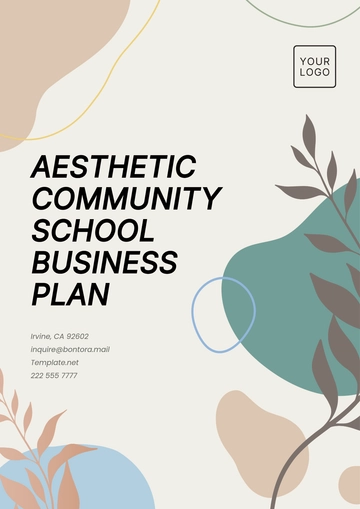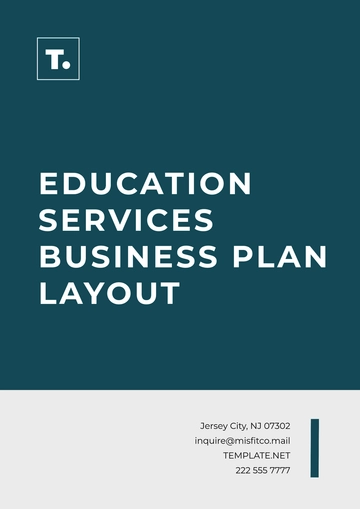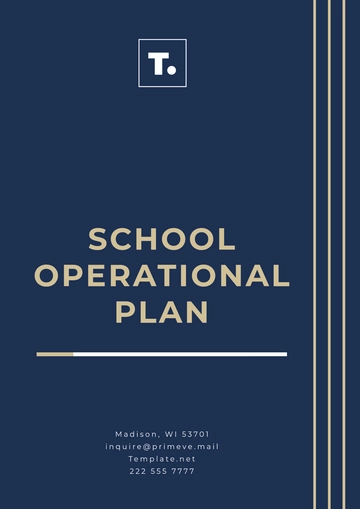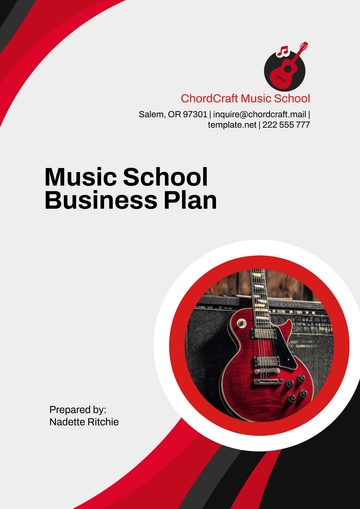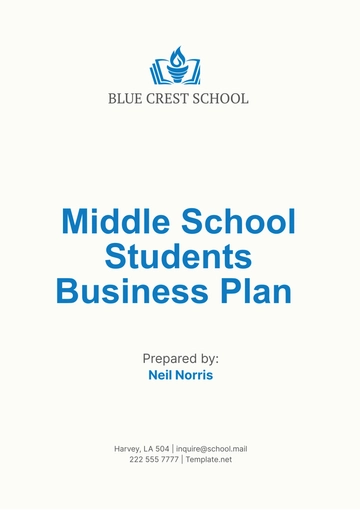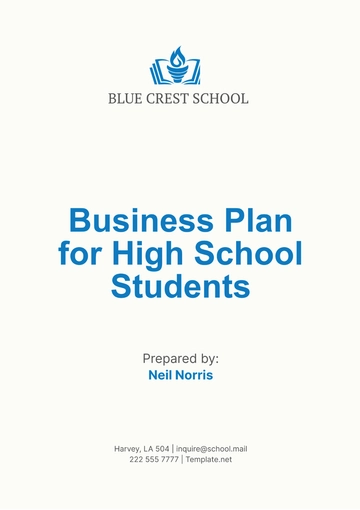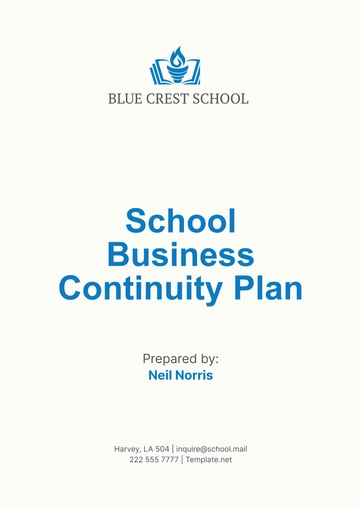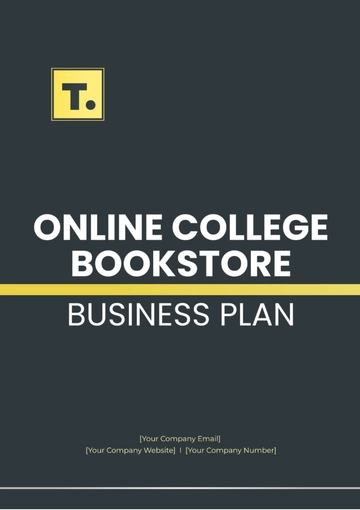Aesthetic Community School Business Plan
1. Executive Summary
School Name: [Your Company Name]
Location: [Your Company Address]
Mission Statement: [Your Company Name] is committed to fostering a generation of creative thinkers, compassionate leaders, and environmentally-conscious citizens. We provide a dynamic learning environment that blends personalized education with cutting-edge technology, preparing students for the challenges of the future.
Vision Statement: To be a global leader in innovative education, inspiring students to excel academically, socially, and emotionally in a rapidly changing world.
Business Overview: [Your Company Name] will open its doors in 2050, offering an integrated curriculum that merges traditional learning with the latest in digital and experiential education. Our school will serve children from 4 to 18 years of age, focusing on sustainability, global citizenship, and critical thinking.
2. School Description
Type of School: Independent Private School (International Curriculum)
Grade Levels Offered: Pre-K to Grade 12
Student Enrollment Goals: We aim to enroll 300 students in the first year, with an expected growth of 15% annually, reaching 500 students by 2055.
Educational Approach: [Your Company Name] will use a hybrid model of teaching, integrating AI-driven personalized learning with project-based and experiential learning approaches. We will focus on STEAM (Science, Technology, Engineering, Arts, Mathematics), environmental stewardship, and global citizenship.
Core Values:
Innovation: Embracing the latest technological advancements and learning methods.
Sustainability: Promoting eco-friendly practices both in the classroom and in the community.
Collaboration: Encouraging teamwork among students, teachers, and families.
3. Market Analysis
Target Market:
Demographics: Families residing in New Horizons City and surrounding areas with children aged 4-18, primarily professionals, entrepreneurs, and tech-savvy individuals.
Socioeconomic: Middle to high-income families, with a strong focus on forward-thinking and global perspectives.
Competitor Analysis: There are five established schools in the region, but [Your Company Name] stands out by offering an interdisciplinary curriculum that emphasizes sustainability, technology integration, and global issues.
Market Needs:
4. Services Offered
Academic Programs:
Core subjects: Math, English Language Arts, Science, Social Studies, and Ethics
Specialized Programs: Advanced Robotics, Environmental Science, Global Languages (Mandarin, Spanish, Arabic), Art & Digital Media, Quantum Computing for High School Students
After-school programs: Coding club, Eco-friendly projects, Music and Theater, Robotics, Sustainability workshops
Special Services:
AI-Based Learning Support: Personalized tutoring via AI assistants that help students learn at their own pace.
Global Citizenship Program: Exchange programs with partner schools in over 15 countries.
Wellness and Counseling: On-site mental health professionals and well-being programs integrated into daily activities.
5. Marketing Strategy
Branding:
[Your Company Name] will focus on its reputation as an innovative, future-oriented institution. The school’s branding will include a futuristic logo, a website with AI-driven content, and virtual reality tours for prospective families.
Marketing Channels:
Social Media: Profiles on emerging platforms, including virtual and augmented reality channels, to showcase student work, events, and campus life.
Digital Campaigns: Targeted ads on social media, local tech forums, and global education websites.
Partnerships: Collaborate with tech companies, environmental organizations, and international educational bodies to enhance curriculum offerings.
Open Houses: Virtual and physical open houses will feature interactive presentations of our unique curriculum, student projects, and future-ready learning spaces.
Enrollment Process:
6. Management and Organizational Structure
Board of Directors:
Sarah Adams – Chairperson, Tech Entrepreneur
Mark Greenfield – Environmental Scientist
Priya Mehta – Education Specialist
Dr. James Lin – International Relations Expert
Leadership Team:
Principal: Emily Rodriguez, M.Ed. – Responsible for overseeing school operations, curriculum development, and staff management.
Vice Principal: Chris Tan, PhD – In charge of student affairs, learning support, and global outreach programs.
Chief Technology Officer (CTO): Aisha Nunez – Leads the integration of AI and other cutting-edge technologies into the classroom.
Head of Sustainability: Omar Al-Rashid – Ensures that sustainability practices are embedded into all school operations and curriculum.
7. Financial Plan
Start-up Costs:
Estimated at $5 million for property acquisition, state-of-the-art classrooms, AI learning systems, and green building infrastructure.
Revenue Sources:
Tuition: $15,000 per student per year (with flexible payment options for families).
Grants and Donations: Application for international educational grants and local fundraising campaigns.
Partnerships: Collaboration with tech companies and global organizations to fund research and curriculum development.
Projected Financials:
Year 1 (2050): Revenue: $4.5 million, Expenses: $3.8 million, Profit: $700,000
Year 2 (2051): Revenue: $5.2 million, Expenses: $4.1 million, Profit: $1.1 million
Year 3 (2052): Revenue: $6.0 million, Expenses: $4.5 million, Profit: $1.5 million
Cash Flow: Positive cash flow is expected from Year 1, with surplus funds being reinvested into technological upgrades and campus expansion.
8. Facilities and Equipment
9. Operations Plan
School Calendar:
Start Date: September 5, 2050
End Date: June 15, 2051
Holidays: Winter Break (Dec 20–Jan 2), Spring Break (March 15–19), and Summer Break (June 15–Sept 5)
School Hours:
Staffing Plan: [Your Company Name] will hire qualified educators with expertise in innovative teaching methods, sustainability practices, and global perspectives. We plan to employ a team of 40 staff members, including 30 teachers, 5 counselors, and 5 support staff.
10. Risk Management
Potential Risks:
Economic downturns may affect enrollment and tuition payments.
Technological disruptions that may impact AI and educational tools.
Regulatory changes that could affect curriculum or accreditation standards.
Mitigation Strategies:
Establish financial reserves to weather economic fluctuations.
Continuously invest in training and updating technology infrastructure.
Maintain strong relationships with educational bodies to stay ahead of regulatory changes.
Business Plan Templates @ Template.net
